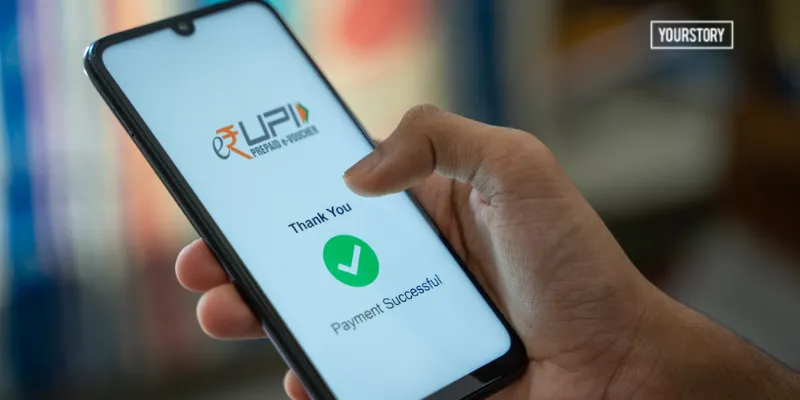NPCI CEO Dilip Asbe on how UPI went from a concept to 10,000 transactions per second in India
Dilip Asbe, MD and CEO, National Payments Corporation of India (NPCI), appeared in a recent Prime Venture Partners Podcast to share the unknown story of NPCI and its work behind building UPI, Fast Tag, RuPay, and others.
In 2009-10, Dilip Asbe, along with a few others, was exploring the possibility of using Aadhaar for building a digital payments ecosystem in India.
At the time, the National Payments Corporation of India () was still new, and it was taking large strides in creating IMPS, NEFT, and RuPay.
Fast forward to 2015-16, both NPCI and the Indian government realised the IMPS technology — although efficient — is not scalable.
Thus, it launched UPI technology in India through the BHIM app. Today, the UPI system tackles around 10,000 transactions per second. And, the innovation has transformed how Indians today transact around the country.

The history of UPI
In a conversation with Prime Ventures Podcast, Dilip Asbe said the thought behind UPI started in 2009 when a lot of conversations were happening around the digital payments technology at NPCI.
It did not take long for the business heads to realise that “while IMPS is really, really successful, it can’t be exponential innovation because there was no pull,” said Dilip.
No one could expect people to remember long IFSC codes, and the ecosystem almost begged for a simpler payment system.
That was the beginning of the UPI system, according to Dilip. From the country’s top banks to major private players, including Google and Paytm, backed the idea.
“A lot of people came together, and I think, that’s what created a very vibrant ecosystem,” added Dilip.

Scaling the UPI system
The launch of the BHIM app transformed India’s digital payment ecosystem. Backed by the government’s efforts, the entire ecosystem jumped onto the UPI bandwagon.
However, Dilip accepted that spreading UPI’s popularity might have happened seamlessly, but when it came to scaling the technology, NPCI faced a different set of challenges altogether.
He said two major factors helped the government’s payments wing to scale UPI to 10,000 transactions per second.
“One was working with some of the finest architects… We kind of chartered the fully open source journey in a big way with the UPI and some other systems,” said Dilip.
The entire UPI architecture benefitted massively from open-source technologies, without which NPCI would not have been able to afford to build UPI to this scale.
“[And] the second important thing [is] our board has been very clear that NPCI must ensure the highest efficiency. We have done run, grow, and transform, so that run can actually run the UPI, grow can build the features, and transform can look at what comes up to two-three years down the line,” continued Dilip.
The key to UPI’s success has been parallel execution. At present, the system is capable of operating at 50,000 to 70,000 transactions per second.
Business model
“As far as UPI is concerned, P2P is free of cost to the customer. You can’t charge the customer, otherwise, this option in UPI would go for a six,” Dilip explained.
The ecosystem also cannot have a high MDR because the digital payment technology is also used by small merchants and kirana stores, where trade margins are usually quite low. Dilip emphasised that reasonable MDR is the way to go.
Future of UPI
Dilip said Autopay should arrive in the market in a matter of months. The NPCI is also investing heavily into RuPay to improve the credit infrastructure of India.
However, the internationalisation of UPI will take time because other countries still do not have a functioning real-time digital payment system, and regulators need to be aligned from both sides.
To know more, listen to the podcast here.
Notes:
02:00: UPI: history, challenges, and surprises
18:00: Scaling UPI: Building a resilient system
28:00: Business models and MDR
33:00: New opportunities: AutoPay, NCMC, e-RUPI
39:00: Internationalisation of UPI
Edited by Suman Singh









